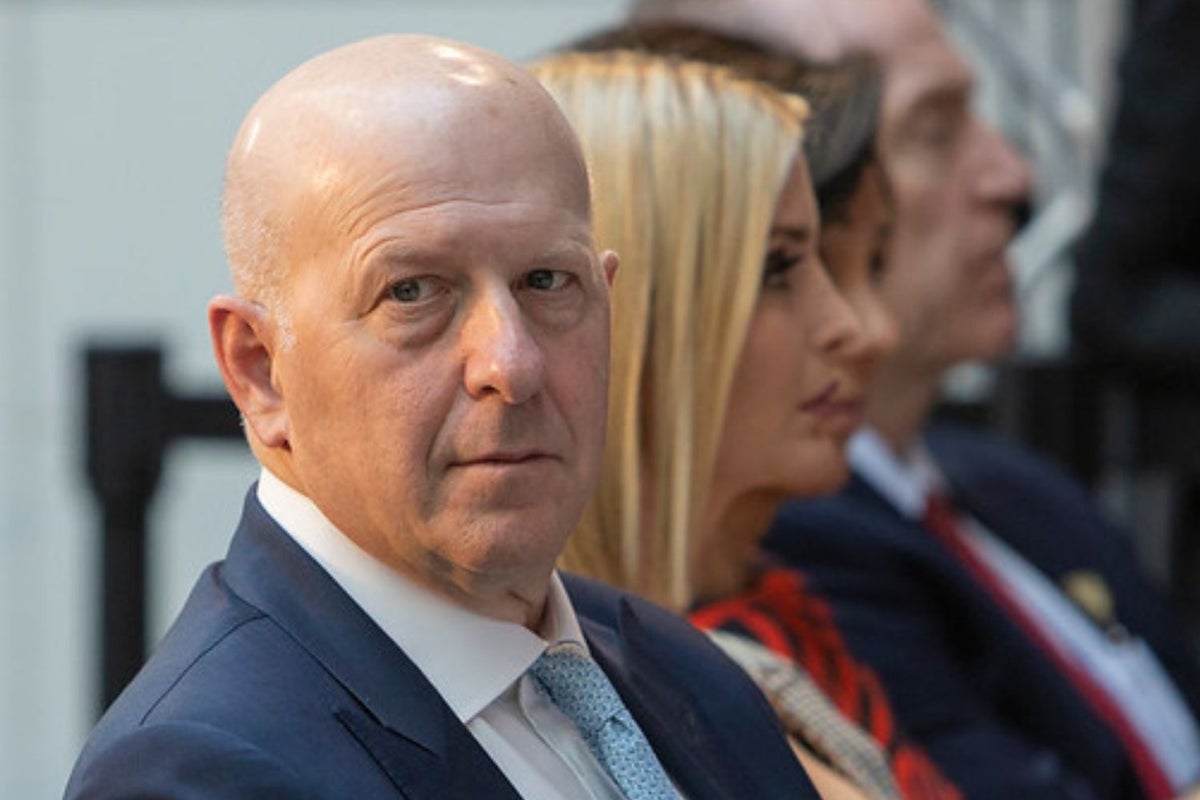[ad_1]
Some of the market optimism seen in recent sessions could be traced back to hopes that the Federal Reserve could either pause or pivot. Economists at Goldman Sachs now say that the terminal rate – the peak fed funds rates at which the central bank would begin to pivot – could be higher than what they originally predicted.
What Happened: The Fed, under Chairman Jerome Powell will raise the benchmark rate to 4.75%-5% in March 2023, Goldman Sachs economist Jan Hatzius said in an Oct. 29 note, according to Bloomberg. The firm had earlier predicted the central bank to take rates to 4.50%-4.75% before beginning to pause or pivot.
This would mean, the central bank hiking the fed funds rate by 75 basis points at the Nov. 4-5 Federal Open Market Committee meeting followed by a 50-basis-point hike in December and a 25-basis-point increment each in February and March, Hatzius reportedly said in the note.
The economist cited the “uncomfortably” high inflation, the need to cool the economy as fiscal tightening ends and inflation-adjusted incomes climb as well as the need to avoid a premature easing of financial conditions as reasons for his expectation of the central bank tightening beyond February, the report added.
Why It’s Important: The Fed has polarized economists and market participants with its aggressive push to rein in inflation. Even as some back the Fed’s resolute stance on fighting inflation, most have been highly critical of the central bank acting based on backward-looking indicators.
Ark Invest’s Cathie Wood is among those who have slammed the Fed for its monetary policy stance.
“The Fed seems to be making decisions based on lagging indicators and analogies,” she had said in the past. Her take is that the current Fed is taking cues from former Fed Chair Paul Volcker’s team, which had to act aggressively to tackle 15-year-long inflation. The current inflationary environment is only two years old and is due to the supply-side shock engendered by the COVID-19 pandemic, she said.
There’s no denying the fact that the economy has stuttered in recent quarters, and steeper rate hikes could only serve to apply the brakes on growth.
Photo: Courtesy of World Bank Photo Collectio on flickr
[ad_2]
Image and article originally from www.benzinga.com. Read the original article here.

